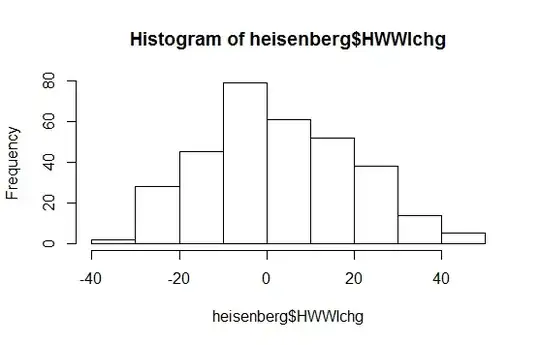What is typically done is that you plot the averages of the outcome variables for your treatment and control group over time. So the control group here are naturally all those who did not receive the treatment whilst the treatment group are those who receive any intensity of the treatment. That was done for instance in this presentation (slides 25 and 26, regression equation is on slide 27).
If you want to show the parallel trends by treatment intensity, there are different ways of doing so and in the end it just boils down on how you want to divide them up. For instance, you can plot the outcome for the treated units in the top 10%, the mean, and the 90% of the treatment intensity distribution. I've rarely seen this done in practice though, yet I think it is a meaningful exercise.
To estimate the fading-out time of the treatment you can follow Autor (2003). He includes leads and lags of the treatment as in
$$Y_{ist} = \gamma_s + \lambda_t + \sum^{M}_{m=0}\beta_{-m} D_{s,t-m} + \sum^{K}_{k=1}\beta_{+k} D_{s,t+k} + X'_{ist}\pi + \epsilon_{ist}$$
where he has data on each individual $i$, in state $s$ at time $t$, $\gamma$ are state fixed effects, $\lambda$ are time fixed effects, and $X$ are individual controls. The $m$ lags of the treatment estimate the fading out effect from $m=0$, i.e. the treatment period. You can visualize this by plotting the coefficients of the lags over time:

The graph is on page 26 of his paper. The nice thing about this is that he also plots the confidence bands (vertical lines) for each coefficient so you can see when the effect is actually different from zero. In this application it seems that there is a long-run effect of the treatment in year two even though the overall treatment effect first increases and then stays stable (albeit insignificantly).
You can do the same with the $k$ leads. However, those should be insignificant because otherwise this hints towards anticipatory behavior with respect to the treatment and therefore the treatment status may not be exogenous anymore.
